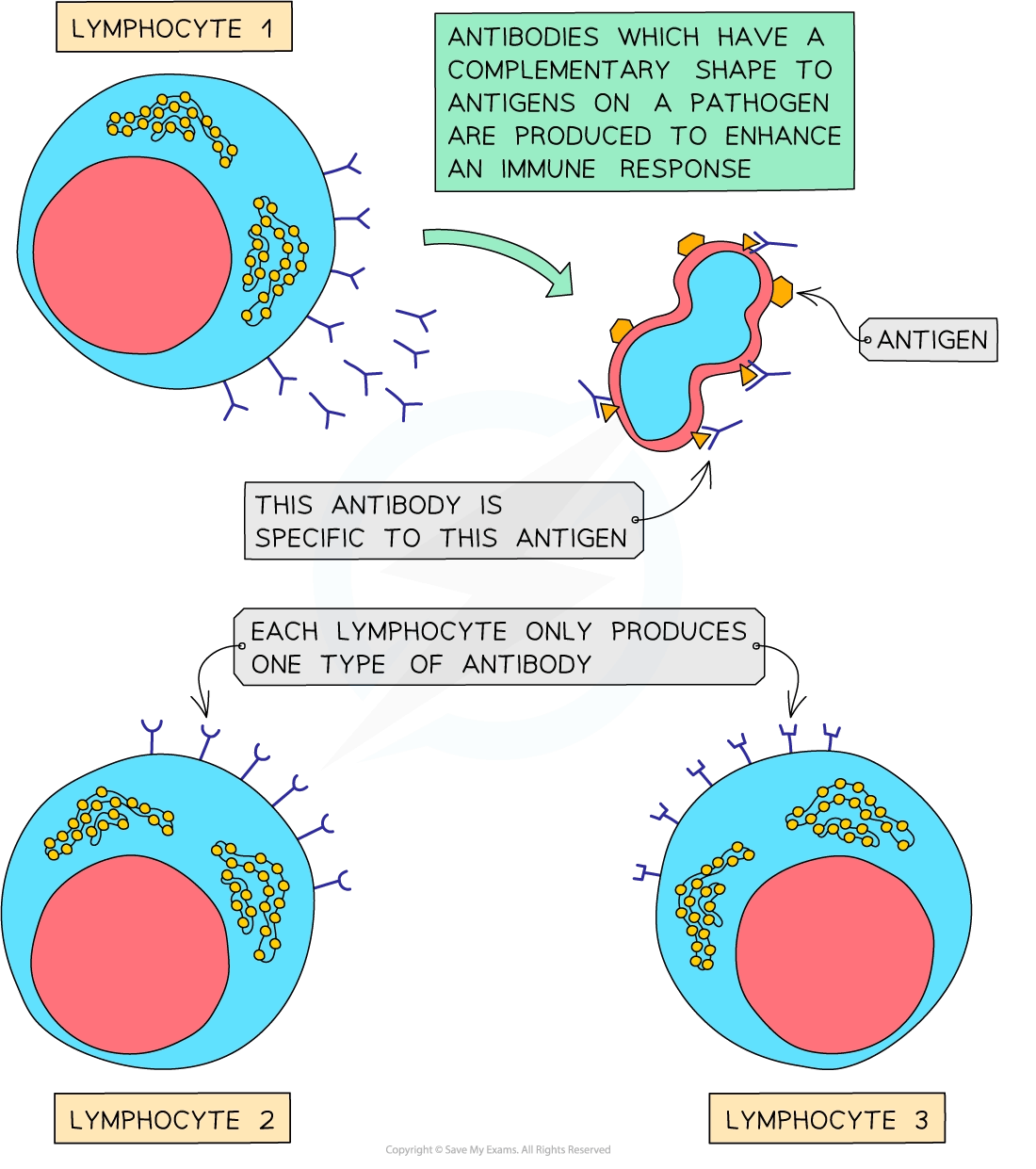Cell-to-Cell Contact
- For effective function of tissues, organs and systems, cells must communicate with each other
- As organisms evolved from single-celled prokaryotes and eukaryotes into multicellular organisms, the need to cellular communication grew to enable sophisticated adaptations
- This communication often takes the form of chemical changes
- Cell communication is often a means of responding to changes in external stimuli
- Stimuli are converted to responses within the cell
- A good example is the adrenaline 'flight or fight' response when an animal spots a potential predator
- A chain or hormone-induced events occurs that leads to a noticeable response eg. a sprint to evade the predator's charge
- Cell communication can take place:
- By direct contact, cell-to-cell
- Over short distances by employing local regulators
- Over longer distances by employing messenger compounds such as hormones
Cell signaling
- Cell signaling is the process by which messages are sent to cells
- Cell signaling is very important as it allows multicellular organisms to control and coordinate their bodies and respond to their environments
- Cell signaling pathways coordinate the activities of cells, even if they are far apart within the organism
- The basic stages of a cell signaling pathway are:
- A stimulus or signal is received by a receptor
- The signal is converted to a signal that can be passed on – this process is known as transduction
- The signal is transmitted to a target (effector)
- An appropriate response is made
Cell Signaling Flow Chart
Cell signaling involves the detection of a stimulus by a receptor, the transmission of a signal, and the response of an effector
Direct Cell-to-Cell Communication
- Some cellular communication happens between one cell and its immediate neighbors
- This is referred to as juxtacrine signaling
- This can cause a cascade of communication
Plasmodesmata Between Plant Cells
- In cells of the phloem, channels between cells exist called plasmodesmata (singular: plasmodesma)
- These allow cytoplasm, and all its contents, to move between neighboring cells in the phloem tissue
- They can be thought of as 'cytoplasmic bridges'
- They form important channels for molecules such as growth regulators and nutrients, such as the many and varied products of photosynthesis
Plasmodesmata Diagram Showing Cell-to-Cell Contact

Plasmodesmata allow direct cell-to-cell contact and the transmission of cell signaling compounds
Horizontal Gene Transfer in Prokaryotes
- Neighboring bacterial cells can exchange DNA via a conjugation tube
- This is called horizontal gene transfer
- Genetic material is passed from one individual cell to another within the same generation ('horizontally')
- This enables bacteria to exchange DNA rapidly
- Horizontal gene transfer can account for rapid changes in the population's genome eg. in developing resistance to antibiotic drugs
Horizontal Gene Transfer by Cell-to-Cell Contact Diagram

Horizontal gene transfer between bacterial cells by conjugation
Cell-to-Cell Contact in Immunity
- Antigens and antibodies provide a good example of cell-to-cell direct contact
- Each type of antibody molecule has specificity to their respective antigen
- This means there is a direct molecular fit, like two pieces of a jigsaw puzzle fitting together
Direct Contact Between Antibodies and Antigens Diagram

Cell-to-cell contact between an antigen-presenting cell and a lymphocyte produces an immune response effect
- Other aspects of the immune response where cell-to-cell contact is important include:
- The action of helper T cells
- The action of killer T cells
Direct Cell-to-Cell Contact in the Immune System

T helper cells and T killer cells have cell-to-cell contact in immunity




